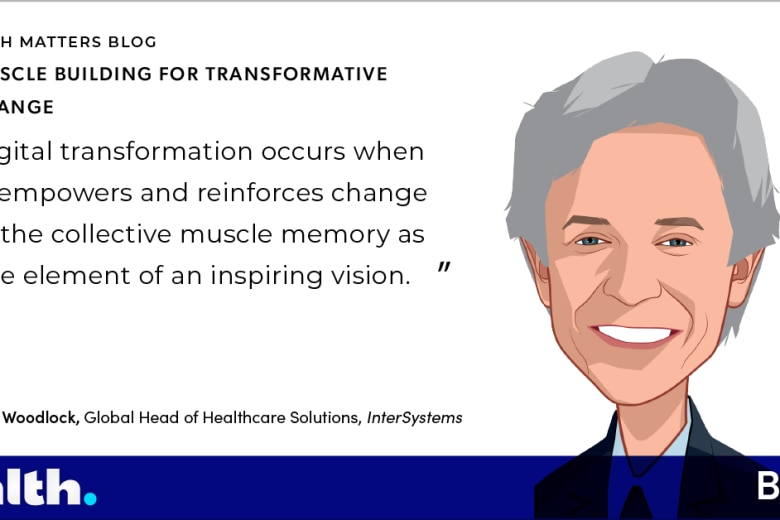Recently, AMA CEO Dr. James L. Madara delivered the keynote address at the association’s 2017 Interim Meeting, where he highlighted the opportunities for health data to revolutionize medicine. We’d be foolish to say that the influx of health data over the past decade hasn’t already catapulted our industry into a new level of care delivery. Every day, you hear about organizations that are tackling these massive amounts of information head-on, and we’ve seen many of them succeed in using the latest advances in data and technology to dramatically improve care quality. However, clinicians find themselves challenged to deal with the sheer quantity of data: have we experienced too much of a good thing?
According to Dr. Madara, our industry is currently confronting “oceans of data, but only puddles of clinical meaning”. And he’s right - getting the right information in the large data sets that now define the patient record is essential to evaluating and treating the patient correctly: in many cases the most important information is “hidden” in unstructured data. But how can anyone, especially physicians - arguably among the most time-crunched professionals on the planet - be expected to comb through these masses of data and make actionable care decisions “on the fly”? There’s got to be a way to better share, organize and present data to clinicians in a meaningful and actionable way to drive better insight and support rapid and accurate clinical decisions.
If healthcare organizations want to capitalize on the hidden data within the patient medical record, healthcare organizations should start by focusing on extracting the most important elements of unstructured data, and presenting the information in ways that are valuable to providers. They also need to be able to share those insights with other providers outside of their organization: this is crucial to effective care coordination - another major IT hurdle that Dr. Madara addressed during his presentation.
A unified health record has been, and will continue to be, one of the most essential IT functionalities needed in healthcare today. Unfortunately, too often we’re still at a point where we can compare our information sharing capabilities to that of “the fable of the blind man touching the elephant”. Dr. Madara equated the fiction tale to that of the current healthcare data ecosystem, where “one feels the trunk, another the tail, one the ear, and each one of the men is left in his mind with some different image”. The moral of the story? Healthcare is too siloed and it’s too hard to piece together the complex puzzle that will tell the full story of our patients’ clinical status.
Additionally, even when we are able to effectively share data across the care continuum, it’s equally important that we share meaningful information, as opposed to “all the information”. For example - while a neurologist may find it interesting and relevant to know about a patient’s obstetrical or gastrointestinal problems in the past, most of the time they want to focus on the specific information that’s relevant to them in the context of the current investigation. Again, this would just be another instance where more data may in fact be too much data - and can potentially impede the ability to make the best clinical decisions at the point of care.
So, where do we go from here? Unsurprisingly, the need for better interoperability standards is an area of broad agreement in the healthcare space - and it needs to remain a priority. Analyst firm KLAS hit the nail on the head in its recent Interoperability 2017 report, which was fittingly subtitled, “First Look at Trending – Some Progress Toward a Distant Horizon.” The analysis highlighted modest industry progress in terms of reliable and efficient data exchange. However, even the report’s top performers were said to only attain “deep interoperability” about 26 percent of the time - and only when both organizations in the information exchange were using the same EHR vendor. Clearly, we still have some work that needs to be done.
Despite the challenges, the effort is worth it: achieving effective interoperability has the potential to be the next disruptive change in healthcare. The goal and primary intent of this effort should be to give providers the tools that connect them to the information that matters, when it matters most. While many challenges still lie ahead, the promise of actionable patient data is undeniably on the not-so-distant horizon.




































